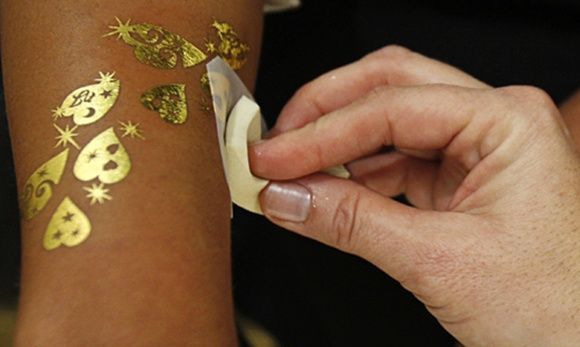
Banks still lukewarm; changes needed in norms for jewellers and refinery margins, among others
The government’s gold monetisation scheme hasn’t taken off, with banks yet to push it and slow process in certifying of collection centres and refineries.
Hallmarking centres, refineries and banks have to sign tripartite agreements to get the scheme going.
The finance ministry has so far held around 10 meetings on the scheme; changes have also been made to attract gold holdings from temple trusts, among others.
However, the bulk of the country's gold is with households and there is both a lack of enthusiasm and awareness on the scheme.
Households and temples are together estimated to have 25,000 tonnes, of which 3,000-4,000 tonnes are with temples.
So far, only three or four tonnes is estimated to have been mobilised under the scheme, within six months of its operation.
Sanjeev Agarwal, chief executive, Gitanjali Exports, says: “Banks need to aggressively promote the scheme and the norms for allowing jewellers registered with BIS (Bureau of Indian Standards) to participate need to be simplified.”
The latest meeting by the Union finance ministry was some days earlier.
Banks brought up some accounting issues, said an official; the government would have to clarify on the point.
BIS had allowed jewellers to act as collecting centres but, goes the complaint, has specified norms similar to those for hallmarking centres.
These involve investment of Rs 40-50 lakh (Rs 4-5 million), making it unviable for a jeweller. Bringing them in is considered key to the scheme's success, given the spread of jewllery shops and the trust that customers have.
Of the 375 hallmarking centres, only 47 have been certified by BIS to act as a collecting centre for the schme; they haven’t got business even after making the required additional investment.
These centres are also not in easy reach of the general public — they were, till now, doing only hallmarking, a job between them and jewellers; retail consumers were not going there.
Hallmarking centres have to send gold received under the scheme to a BIS-certified refinery for converting into bars.
There are 32 refineries in the country; seven have been certified.
South India is considered a major centre for mobilising under the scheme but only a single refinery there, CGR Metalloys (earlier Chemmanur Refinery), has been approved.
Rajesh Khosla, managing director, MMTC Pamps, the country's largest gold refinery and the only one approved by the London Bullion Market Association, said: “The lack of credible refining is throttling GMS.
The margin for excise paying refineries is only 0.65 per cent, which makes refining using mine dore (semi-refined gold) a marginal activity.”
The Association of Gold Refineries and Mints has suggested increasing the interest rates offered under the scheme, beside other measures.











